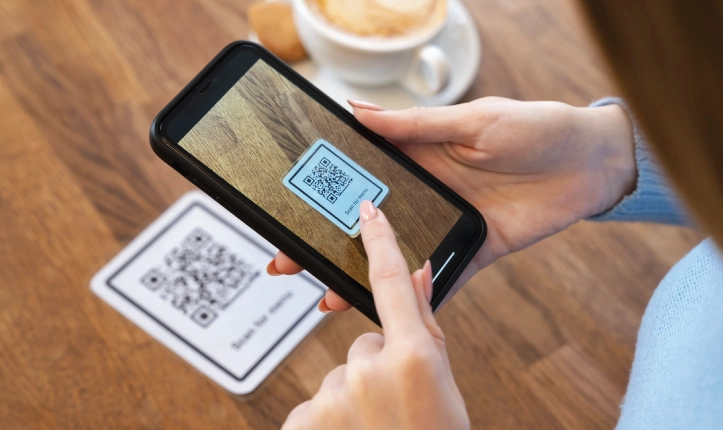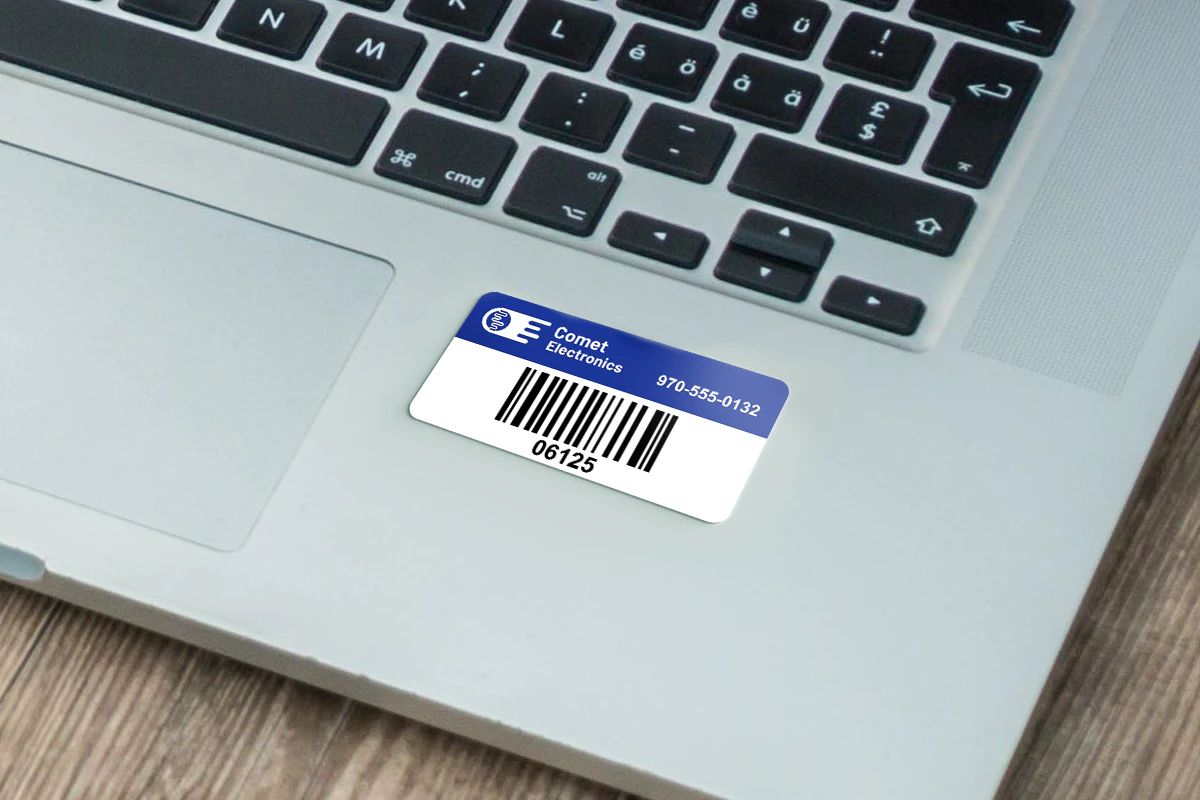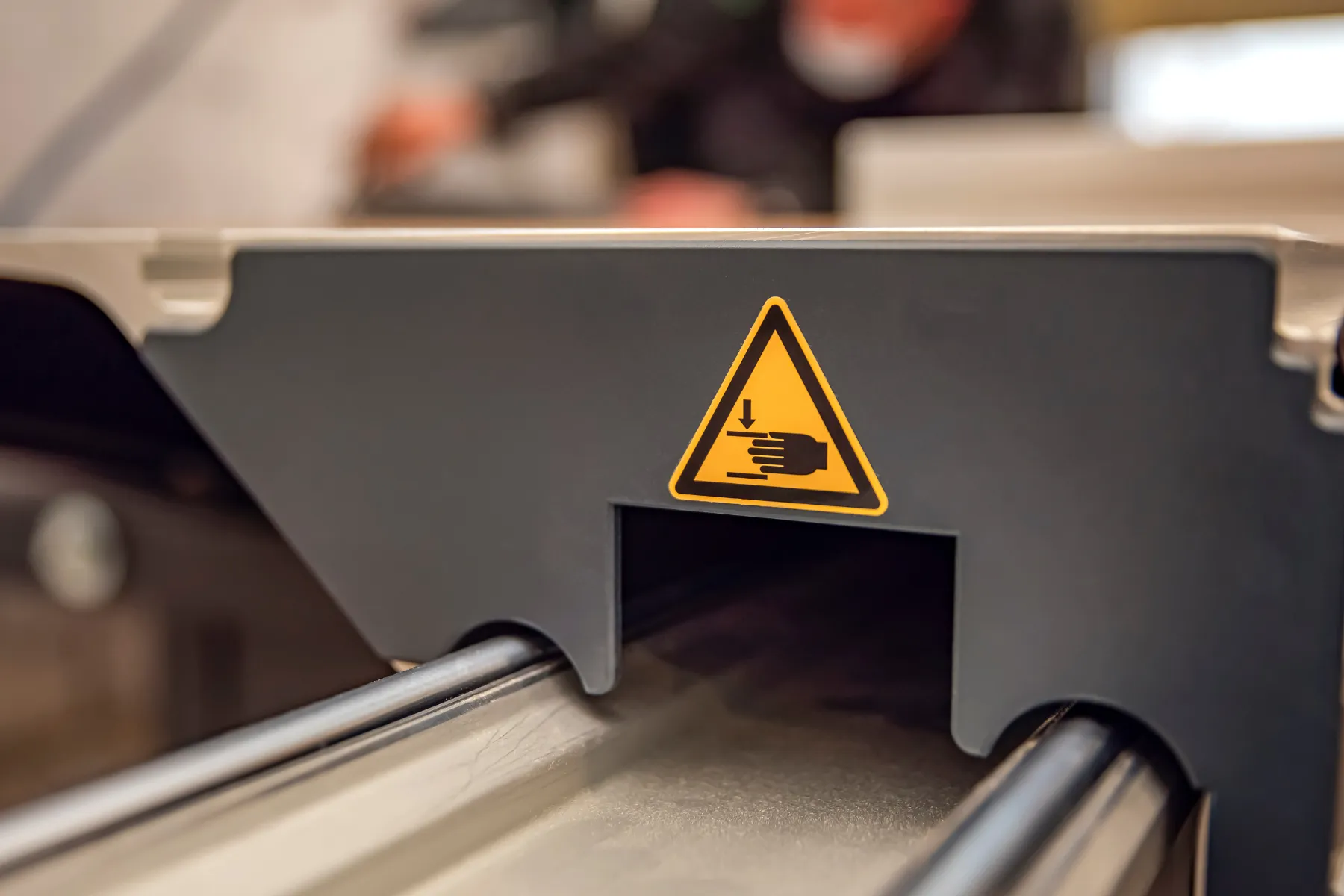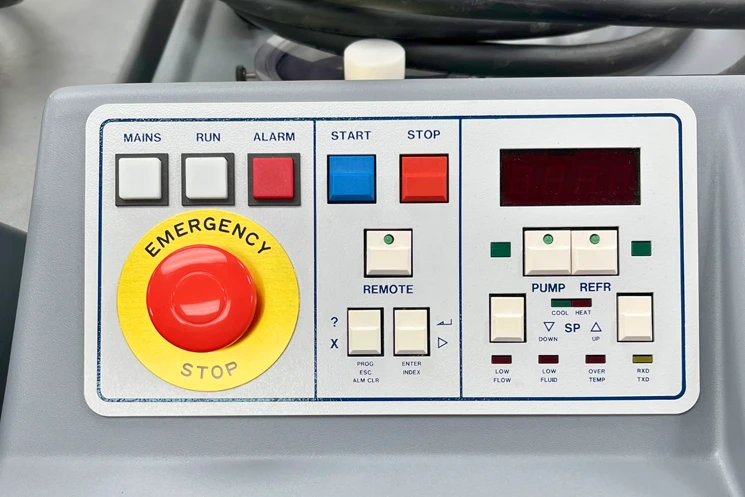Clever Creative QR Code Ideas for Marketing & Asset Tracking
Why Custom QR Codes Are Key for Engagement
QR signs are transforming how brands connect with customers across marketing, dining, and asset tracking. With custom options like transparent and dot codes, businesses can easily use these scannable signs. This helps create interactive experiences and makes operations smoother. Here’s a guide on maximizing the power of modern QR shapes and designs for effective branding.
Unique QR Ideas: Shapes and Custom Designs
Gone are the days of simple black-and-white codes. Today’s custom options allow for creativity and brand alignment.
You can customize dot QR codes and unique QR code shapes to match your brand. Use options like a blue QR code or a grey QR code to fit your brand colors. A transparent QR code adds a clean, modern touch on product labels or packaging, while still ensuring the code is easy to scan.
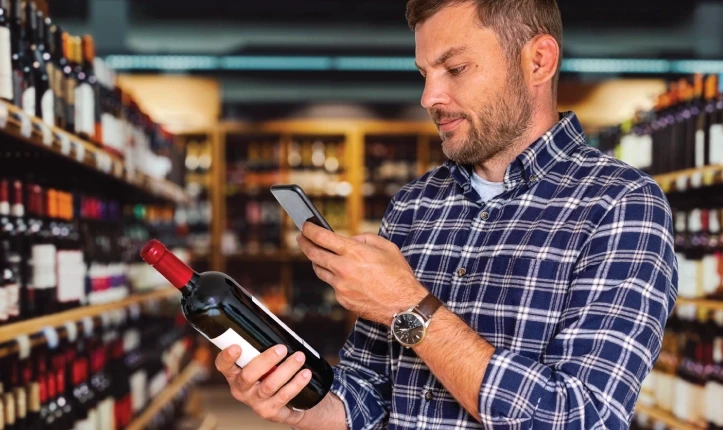
Maximize Audience Engagement and Campaign Impact with Custom QR Codes
Custom QR codes are not just links. They are smart tools to connect with target audiences. They help increase conversions and gather real-time insights.
When you generate QR codes with a clear call to action, they can be very effective. These codes can lead customers to exclusive content, special promotions, loyalty programs, or social media. This makes them strong tools in your marketing campaigns.
A QR code generator pro lets you create unique, branded QR codes. These codes can match your brand’s style.
You can make colorful codes that stand out on packaging. You can also design clear codes that fit nicely on product labels or PDFs.
Why Custom QR Codes Drive Deeper Engagement
Custom QR codes allow you to visually connect with your audience and improve scan rates. When used wisely, these codes can enhance product packaging, business cards, store displays, and print materials. They help link offline experiences to online interactions. They turn everyday items into channels that encourage direct engagement and elevate the customer journey.
Optimize Campaigns with Trackable QR Codes
Trackable QR codes give you important data. They let you see how many times they are scanned. You can also learn about customer behavior. This helps you measure how well your campaign is working in real time.
By tracking QR code scans, you can find out which channels or calls to action work best. This helps you improve future marketing efforts based on what you learn. Dynamic QR codes let you update linked content right away without reprinting. This is great for campaigns that need quick changes.
Using QR Codes in Multi-Channel Marketing
QR codes enable marketers to create consistent, engaging customer experiences across multiple channels. Using QR code images helps users access product videos, tutorials, or a brand story. This creates a more engaging experience.
A strong call to action, like “Scan to Save” or “Unlock Exclusive Content,” encourages people to interact. This makes QR codes an important tool for any brand that wants to increase engagement and build loyalty.
By using QR codes at each customer touchpoint, you make your marketing materials interactive. This helps attract, engage, and keep your target audience. It also provides the data you need to improve and grow your strategy.
Improving the Dining Experience with QR
Restaurants have embraced QR codes to replace physical menus, guiding diners to digital options accessible on their phones. This change improves the dining experience by offering current menus.
What do QR codes at restaurants lead to?
They often guide diners to the menu, daily specials, or a loyalty program signup page. This creates an interactive and efficient experience.
Simplify Business Cards with QR Links
Using a QR for phone number and contact info on business cards streamlines the exchange of information. Instead of printing all contact details, a QR leads clients to a special contact page, portfolio, or phone number. This keeps the card design sleek and modern. For a professional touch, print a transparent QR to blend with the card’s color scheme, adding a minimalist style.
Boost Social Media Engagement and Customer Interaction
QR signs are effective for connecting offline products to online platforms. A QR code generator can help you create designs linking to social media, promotional pages, or product information.
Put these scannable signs on packaging, posters, or in-store displays. This will encourage customers to connect with your brand online.
Creating Compelling Landing Pages for Each Scan
Use scannable signs for product info, digital menus, or contact details. Make sure these signs link to mobile-friendly landing pages.
A QR that links to a custom page gives customers useful information. They can explore a menu, redeem a discount, or contact customer service.
Monitor Campaigns with Trackable QR Codes
Dynamic QR codes allow businesses to update linked content without changing the code itself. Using a QR code generator with tracking features provides insights into engagement rates and helps identify high-performing campaigns. Track scans for each QR code sign, revealing customer behavior patterns and making it easy to optimize future strategies.
QR FAQs
What are QR Signs, and Why Use Them?
QR signs are scannable codes used on displays, product labels, or packaging that quickly direct customers to digital content. They are useful for marketing, dining, and managing assets. This makes it easy to find product information, contact details, or online menus.
How Do QR Codes Enhance the Dining Experience?
In restaurants, QR signs let diners access digital menus. This means they do not need physical menus. It helps reduce printing costs and limits touchpoints. These codes can also link to daily specials, events, or loyalty programs, enriching the customer experience.
What Custom QR Shapes and Designs Are Available?
Many custom options exist, such as dot QR codes, transparent backgrounds, and colorful options. By choosing unique shapes and colors, you can make a QR code that boosts branding. It will stand out on packaging and marketing materials.
How Do I Print a QR on Labels or Products?
To print a QR code, ensure you use high contrast and a sufficient size for easy scanning. Most QR code generators provide print-ready options. This makes it easy to add codes to products or labels. You can choose different colors and shapes for a unified design.
How Do QR Code Generators Work?
A QR generator is a tool that creates custom, scannable codes. Many generators let you customize shapes and colors. They can also create dynamic codes that update content without reprinting the code.
Can I Use QR Codes on Business Cards?
Yes, using QRs on business cards streamlines information sharing. A scan can link clients directly to your contact details, phone number, or portfolio. This saves space and keeps the card’s design clean and professional.
What is a QR Code Placeholder?
A QR code placeholder serves as a space on labels or designs for where the actual code will go. It allows designers to plan for the code’s placement, ensuring it aligns well with the overall layout.
Can QR Codes Be Used for Asset Tracking?
Yes, asset tags with QR codes simplify access to equipment data and maintenance records. Employees can scan the tag to view detailed information, reducing search time and making asset management more efficient.
How Can QR Codes Enhance Marketing Campaigns?
QR codes can add a unique, interactive element to marketing campaigns. By adding scannable codes to ads, posters, or product packaging, brands can lead customers to special landing pages. They can also offer exclusive deals or behind-the-scenes content.
They help measure engagement by tracking how often codes are scanned. This lets marketers see interest and change strategies for better results.
What Are Dynamic QR Codes, and Why Are They Useful?
Dynamic QR codes are highly flexible; they allow you to update the content linked to a code without changing the code itself. This is useful for marketing campaigns that need regular updates. This includes limited-time promotions and seasonal offers. Dynamic codes also provide data on scanning patterns, giving insights into how users interact with campaigns over time.
Can QR Codes Be Used to Build Customer Loyalty?
Yes, QR codes are ideal for building loyalty programs. By linking codes to reward sign-ups, referral incentives, or exclusive content, brands can encourage repeat engagement. Scannable codes on receipts, packaging, or in-store displays help customers join loyalty programs or collect points. This makes it easy for customers to stay connected with the brand.
What Are the Best Practices for Placing QR Codes?
To place the QR code effectively, put it where customers can easily see and scan it. Good spots include eye level on posters or packaging.
Use bright colors to make it easy to read. Include a clear call to action, like “Scan for a Discount” or “Unlock Exclusive Content.” Testing the code before printing ensures compatibility with various smartphone models.
How Do QR Codes Work for Event Management?
QR codes simplify event management by allowing attendees to check in or access event information through a single scan. Organizers can place QR codes on event tickets, emails, or badges. This helps them quickly check attendance.
It also gives access to schedules, speaker bios, and session details. This reduces wait times and makes the check-in process seamless.
Are There Security Risks with QR Codes?
While QR codes offer convenience, users can occasionally link them to unsafe websites for malicious purposes. To mitigate risks, use a trusted QR code generator and monitor linked content regularly. Educating customers to only scan QR codes from known and trusted brands also enhances security.
How Can I Measure the Success of QR Code Campaigns?
Use QR code tracking features to monitor metrics like scan frequency, time of day, and user location. This data helps measure engagement rates and identifies high-performing campaigns. By understanding how and when customers use codes, you can improve future campaigns. This will help you get the most from your QR investments.
Can you embed QR codes in digital content?
Absolutely. You can add QR codes to digital PDFs, emails, and social media posts. They help direct users to extra resources, forms, or contact pages.
This approach expands the use of QR codes beyond physical items. It lets brands offer an interactive experience on digital channels too.
How Do QR Codes Support Contactless Transactions?
QR codes have become popular for enabling secure, contactless transactions in retail, dining, and payment processing. By scanning a code at checkout, customers can view payment options, split bills, or confirm purchases without physical contact. This improves safety, speeds up the transaction process, and reduces the need for physical currency.
